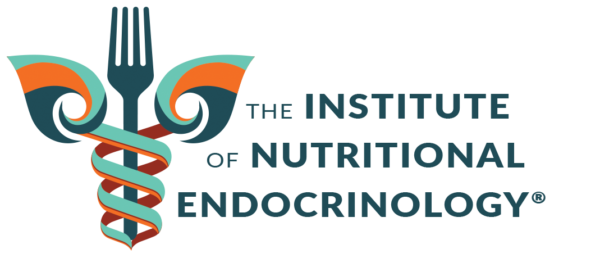Niacin in the Management of Coronary Artery Disease – July 20th, 2018
Nutritional Endocrinology Practitioner Training (NEPT)
Clinical Pearl
July 20th, 2018
Niacin in the Management of Coronary Artery Disease
Low levels of high-density lipoprotein cholesterol (HDL-C) and elevated triglycerides (TG) affects millions of people around the world. These findings are strongly linked to a significantly increased risk of coronary heart disease (CHD), even with people who achieve or surpass the current low density lipoprotein cholesterol (LDL-C) targets.
Based on an analysis of the AIM-HIGH trial, discussed in an article in the Journal of Clinical Lipidology, May 2018, these people may benefit from niacin.
The AIM-HIGH (Atherothrombosis Intervention in Metabolic Syndrome with Low HDL/High Triglycerides and Impact on Global Health Outcomes) trial didn’t demonstrate even small clinical benefits to taking extended-release niacin (ERN) when they compared 3,414 statin-treated patients with established cardiovascular disease and low baseline levels of HDL, to those taking the placebo.
Another analysis before the AIM-HIGH suggested that ERN provided benefits in ERN-treated patients with high triglycerides ( >200 mg/dL) and very low HDL-C (<32 mg/dL) at baseline.
A new analysis looked at how changes in TG-enriched lipoproteins and HDL subfractions impacted risk in the groups of people that either received the treatment or didn’t.
This unique lipoprotein is particularly harmful because, unlike LDL particles, which have to undergo oxidation before they can be taken into the interior lining of the arteries, Remnant Lipoproteins (RLP) can be readily transformed into foam cells, which is what comprises arterial plaque. In fact, RLP is one of the four major risk factors cited by the National Cholesterol Education Program that contributes to heart disease.
This paper suggests that the benefit seen in patients taking niacin was due to a reduction in this particularly harmful lipoprotein called RLP.
(Journal of Clinical Lipidology, May 2018) LINK to ABSTRACT Relationship between lipoprotein subfraction cholesterol and residual risk for cardiovascular outcomes: A post hoc analysis of the AIM-HIGH trial.

